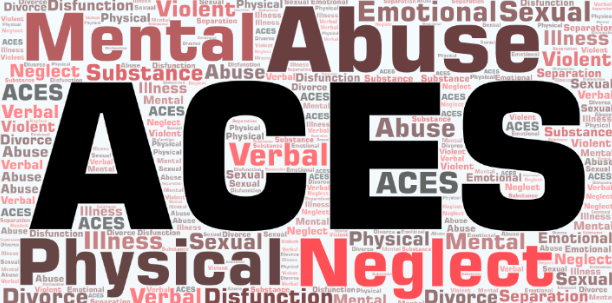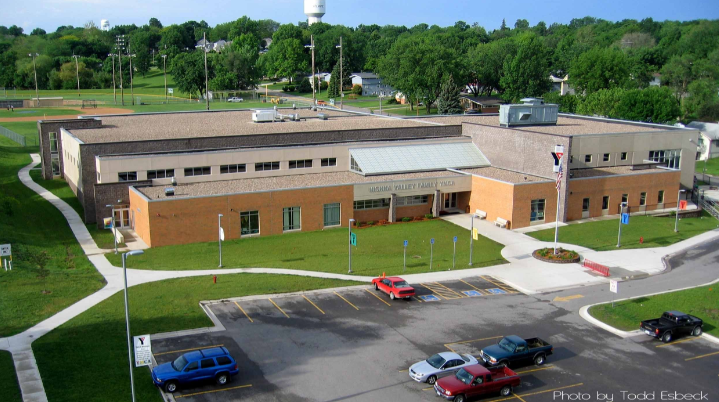Childhood Trauma and High School Students
The ACES test measures upsetting-events that occur in an individual’s life.
The ACES test deals with all sorts of different topics.
November 15, 2019
Not every student has a care-free childhood. Some young people carry with them traumatic experiences that influence their thinking, behavior, and emotions throughout the day. Recognizing traumatic childhood events can help teachers and professionals guide students with care and understanding.
The ACES test scores childhood trauma such as abuse, neglect, and other childhood hallmarks that leave a permanent mark on a person’s brain. According to the Adverse Childhood Experiences Study (ACES), “the rougher your childhood, the higher your score is likely to be and the higher your risk for later health problems.” The test consists of ten questions. Every question marked “yes” adds a point to the score. The higher scores may be linked to the likeliness of health problems later on in life.
Although the test seems very psychologically based, it isn’t a one hundred percent reliable source. The test is just used for guidance. It assesses only one risk factor among many others, but it doesn’t account for direct genes. The test also does not consider the positive childhood events that could impact a kid as well.
Students may assume that it wouldn’t happen to certain people, but traumatic events can happen to anyone. The race, gender, age, disabilities, and such do not play a factor in this test. People can not pinpoint someone and set stereotypes with the ACES study.
Atlantic High School’s psychologist, Mary McLaren, trained the staff of AHS in the ACES test. She said she wanted the faculty to have “an eye on and know the students that may be affected.” She hoped the information given to the staff would allow them to better communicate and establish relationships with students. McLaren said, “It can change the way your brain functions and it can change generation to generation.” She hoped having an awareness in the school setting would help students “be kind to everyone because everyone is fighting their own battle.”
Some students that attend AHS took a version of the ACES test. Their results average to a score of five. Junior Troy Roach said, “I felt like it hit a variety of topics. They are important questions that impact lives and influence how we feel and look at things today.” The topics brought up in the test are very hard-hitting and can be emotionally triggering for the students. Freshman Josie Colton said she felt pressured because no one ever asks her those questions. The students also said how they felt the test should be used in a school setting. “I would want the test to be anonymous. Teachers could pull a student in for guidance if needed,” sophomore Carina Birkel said.
Understanding ACES factors can benefit schools. However, students may not know how to access the test. Below is a link to take a version of the ACES test for any student who is interested. If students wish to seek help after taking the test, they are advised to speak to a trusted adult or the guidance counselors.










